Nonsurgical Treatment
Initial treatment for a PCL injury focuses on decreasing pain and swelling in the knee. Rest and mild pain medications, such as acetaminophen, can help decrease these symptoms. You may need to use a long-leg brace and crutches at first to limit pain. Most patients are given the okay to put a normal amount of weight down while walking.
Less severe PCL tears are usually treated with a progressive rehabilitation program. Patients intending to return to high-demand activities may require a functional knee brace before returning to these activities. These braces are designed to replace knee stability when the PCL doesn't function properly. They help keep the knee from giving way during moderate activity, but they can give a false sense of security and won't always protect the knee during sports that require heavy cutting, jumping, or pivoting. These braces are not the type you can buy at the drugstore. Most orthopedists will recommend wearing a brace for at least one year after a reconstruction, so even if you decide to have surgery, a brace is probably a good investment.
Most patients receive physiotherapy treatments after a PCL injury. Physiotherapists treat swelling and pain with the use of ice, electrical stimulation, and rest periods with your leg supported in elevation.
Exercises are used to help you regain normal movement of joints and muscles. Range-of-motion exercises should be started right away with the goal of helping you swiftly regain full movement in your knee. This includes the use of a stationary bike, gentle stretching, and careful pressure applied to the knee by the therapist.
Exercises are also given to improve the strength of the quadriceps muscles on the front of the thigh. As your symptoms ease and strength improves, you will be guided in specialized exercises to improve knee stability.
Surgery
If the PCL alone is injured, nonsurgical treatment may be all that is necessary. When other structures in the knee are injured, patients generally do better having surgery within a few weeks after the injury. Long-term studies show that without reconstructive surgery, over time, knee instability and joint degeneration develop.
If the symptoms of instability are not controlled by a brace and rehabilitation program, then surgery may be suggested. The main goal of surgery is to keep the tibia from moving too far backwards under the femur and to get the knee functioning normally again. New studies also suggest the need to restore medial-lateral (side-to-side) and rotational stability, too.
Even when surgery is needed, most surgeons will have their patients attend physiotherapy for several visits before the surgery. This is done to reduce swelling and to make sure you can straighten your knee completely. This practice reduces the chances of scarring inside the joint and can speed your recovery after surgery.
Most surgeons now favor reconstruction of the PCL using a piece of tendon or ligament to replace the torn PCL. This surgery is most often done using the arthroscope (mentioned earlier). Incisions are usually still required around the knee, but the surgery doesn't require the surgeon to open the joint. The arthroscope is used to perform the work needed on the inside of the knee joint. Most PCL surgeries are now done on an outpatient basis, and most patients stay either one night in the hospital, or they go home the same day as the surgery.
In a typical surgical reconstruction, the torn ends of the PCL must first be removed. Once this has been done, the type of graft that will be used is determined. One of the most common tendons used for the graft material is the patellar tendon. This tendon connects the kneecap (patella) to the tibia.

About one third of the patellar tendon is removed, with a plug of bone at either end. The bone plugs are rounded and smoothed. Holes are drilled in each bone plug to place sutures (strong stitches) that will pull the graft into place. Then holes are drilled in the tibia and the femur to place the graft. These holes are placed so that the graft will run between the tibia and femur in the same direction as the original PCL. The graft is then pulled into position using sutures placed through the drill holes. Screws are used to hold the bone plugs in the drill holes.
Another very common graft involves using two of the three or four strips of the hamstring tendons, the graft has nearly the same strength as a patellar tendon graft.
The gracilis and semitendinosus tendons can be taken out without really affecting the strength of the leg because bigger and stronger hamstring muscles will take over the function of the two tendons that are removed.
Other materials are also used to replace the torn PCL. In some cases, an allograft is used. An allograft is tissue that comes from someone else. This tissue is harvested from tissue and organ donors at the time of death and sent to a tissue bank. The tissue is checked for any type of infection, sterilized, and stored in a freezer. When needed, the tissue is ordered by the surgeon and used to replace the torn PCL. The advantage of using an allograft is that the surgeon does not have to disturb or remove any of the normal tissue from your knee to use as a graft. For this reason the operation also usually takes less time.
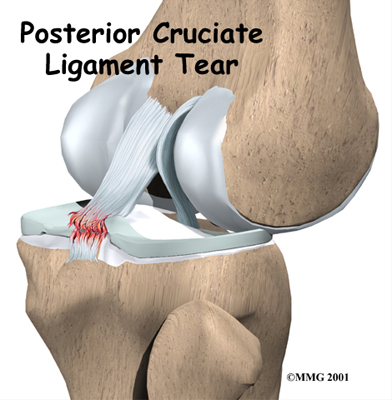

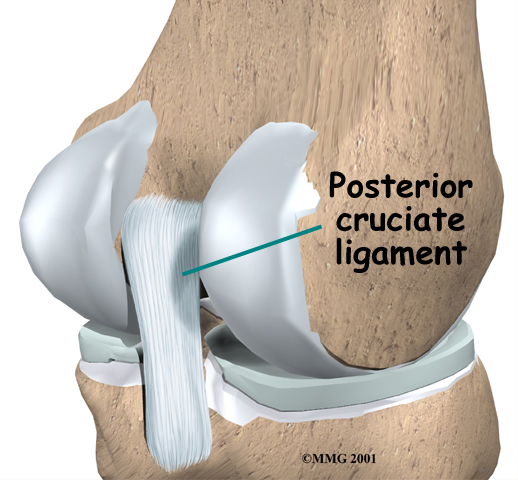
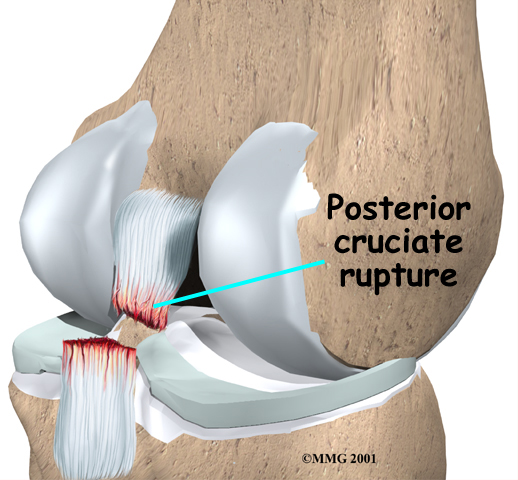
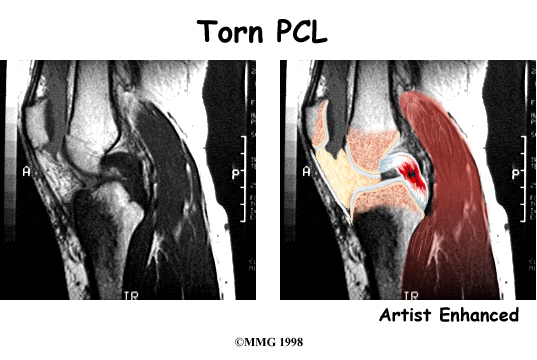 The
The 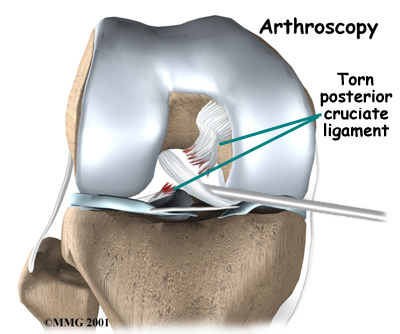



 (403) 679-7179
(403) 679-7179  concierge@one-wellness.ca
concierge@one-wellness.ca 

